 2017, San Antonio de Areco, Buenos Aires, Argentina
2017, San Antonio de Areco, Buenos Aires, Argentina
EESl N°1 Nacional of San Antonio de Areco: Students: Patricio Espinoza, Jeremias Nahuel Nievas
This project proposes to create a space, within the school premisses, in which students can come in contact with renewable energies and its relationship with environmental care and global warming.
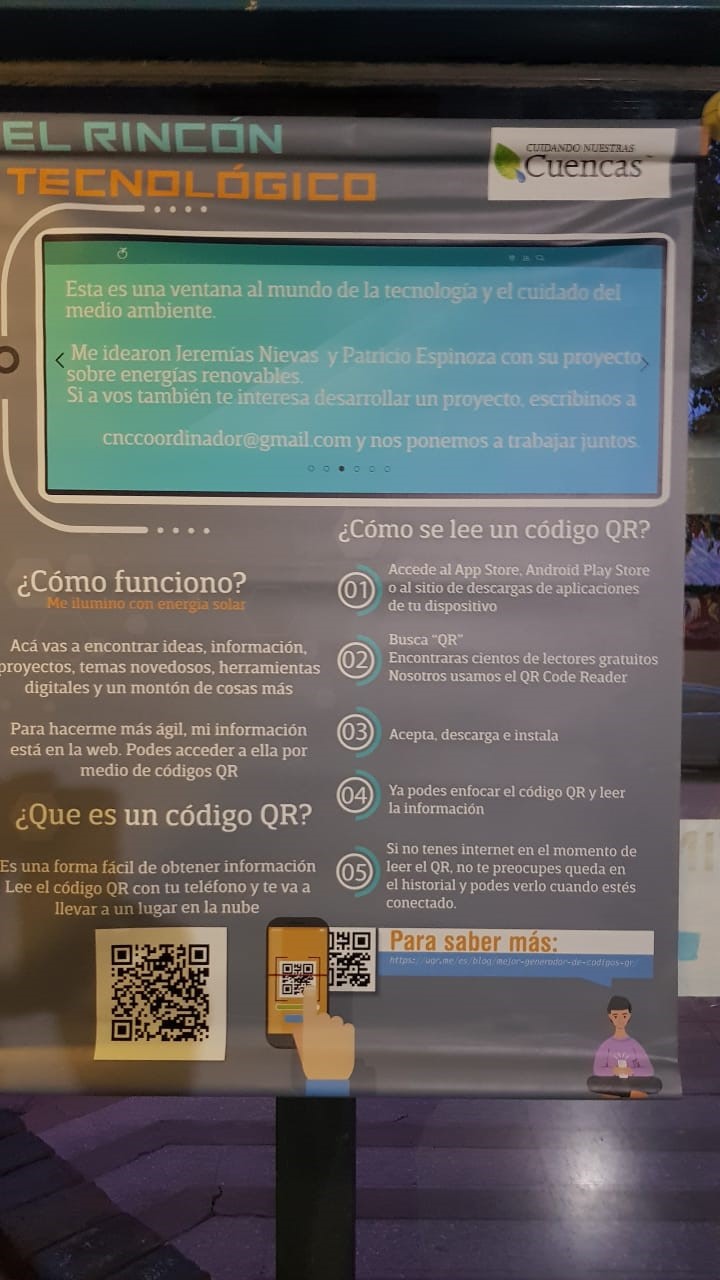
They found a busy place where lots of students pass everyday that now its illuminated by photovoltaic solar energy system and have dynamic panels with information of interest on the proposed topic. The information have visual and digital format so that students can see and carry the information in their electronic devices.
In addition, they propose this place as a reservoir of information prepared by teachers and students from this highschool, that can be shared with other schools within the basin.
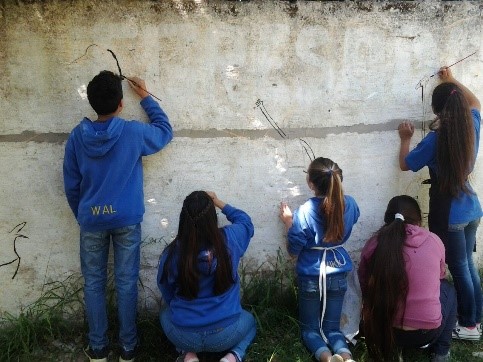 2016 San Antonio de Areco, Buenos Aires, Argentina
2016 San Antonio de Areco, Buenos Aires, Argentina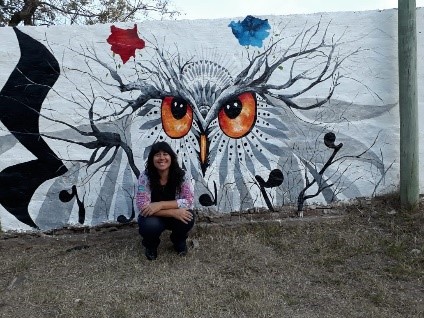 Four murals were painted along the wall, which form a musical circuit, intertwining nature, the seasons, and the different pictorial art styles.
Four murals were painted along the wall, which form a musical circuit, intertwining nature, the seasons, and the different pictorial art styles.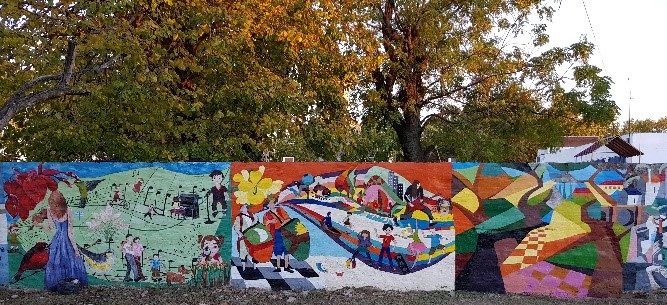
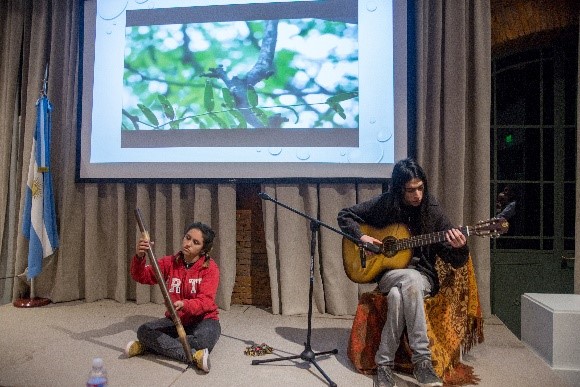 2016, San Antonio de Areco, Buenos Aires, Argentina
2016, San Antonio de Areco, Buenos Aires, Argentina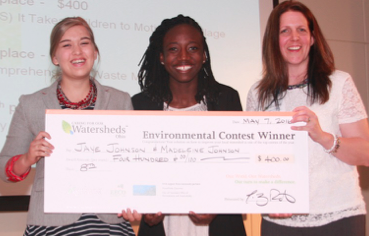

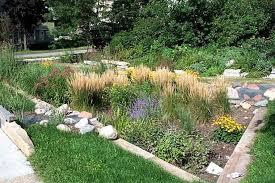
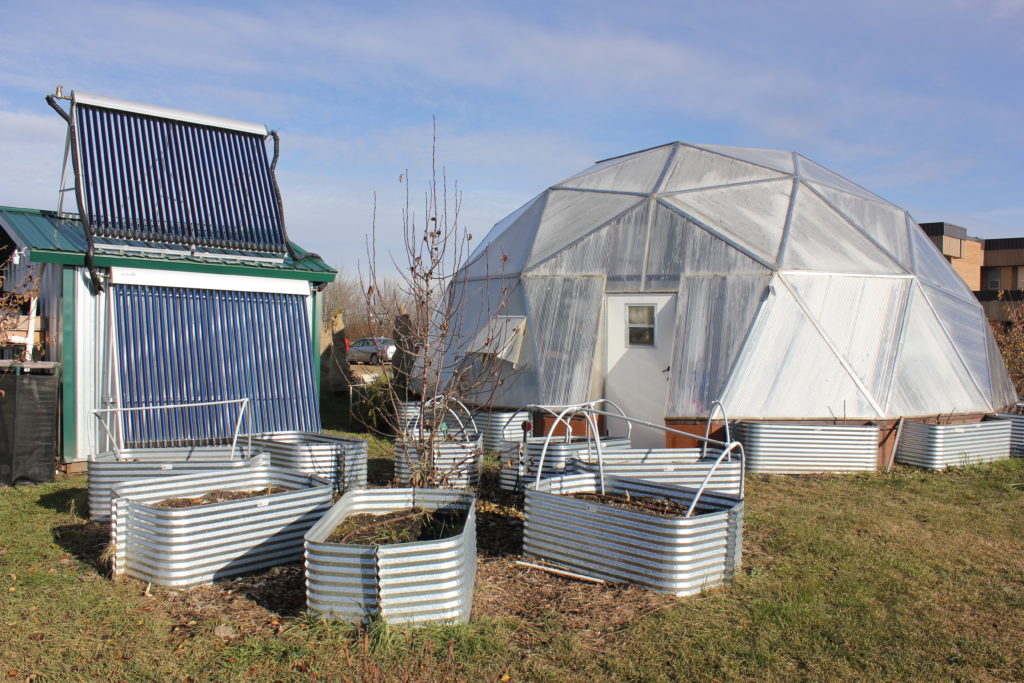
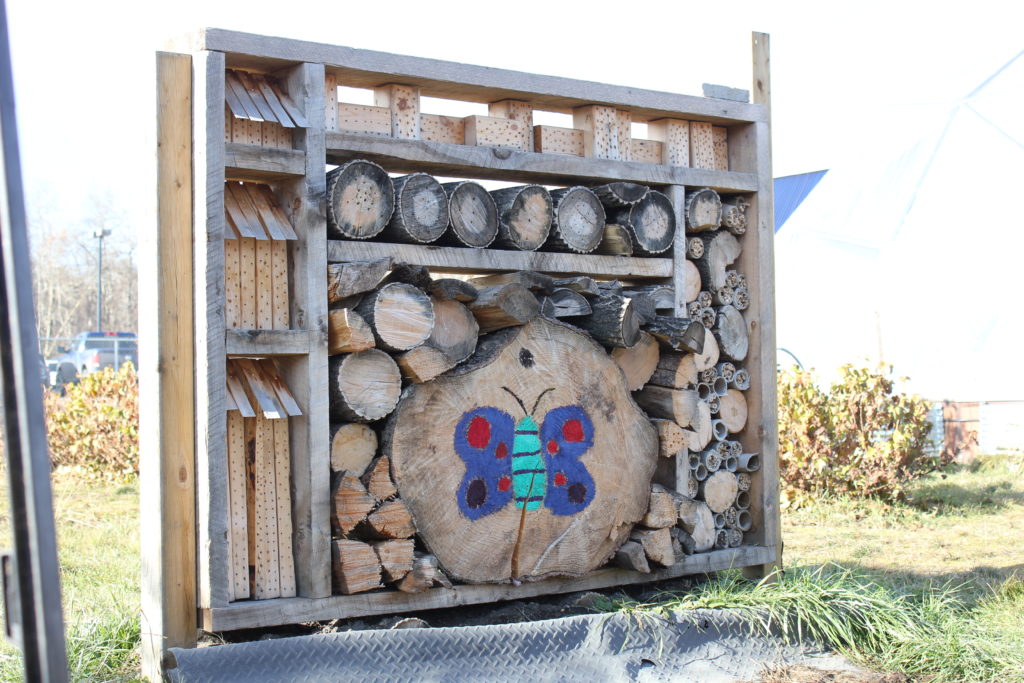 challenges by installing a drip irrigation system in their gardens. The irrigation tube (shown left) is dug into the soil to water the plant’s roots while minimizing the rate of evaporation. The system could also be set on a timer to water regullary, with options to delay watering if there is significant rainfall.
challenges by installing a drip irrigation system in their gardens. The irrigation tube (shown left) is dug into the soil to water the plant’s roots while minimizing the rate of evaporation. The system could also be set on a timer to water regullary, with options to delay watering if there is significant rainfall.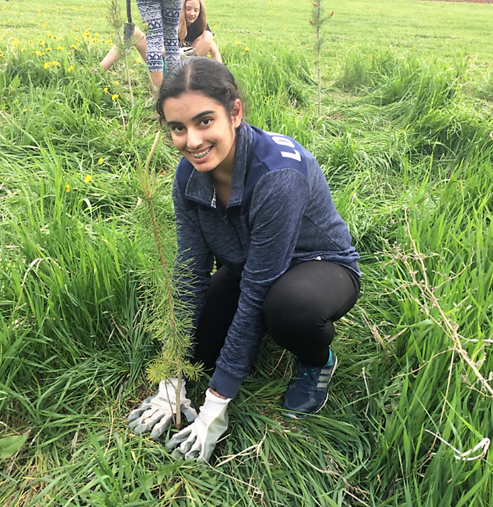 Watersheds program, and the third time she was in the final competition.
Watersheds program, and the third time she was in the final competition.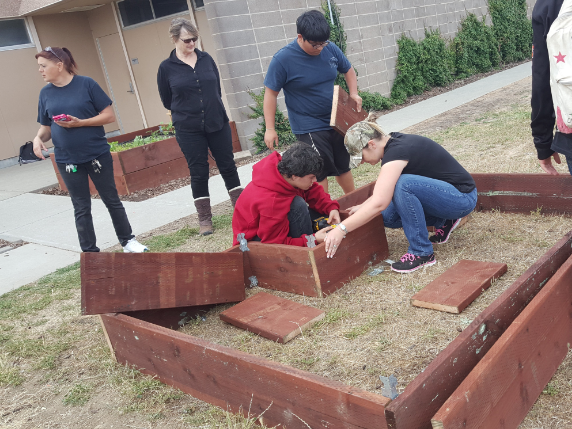
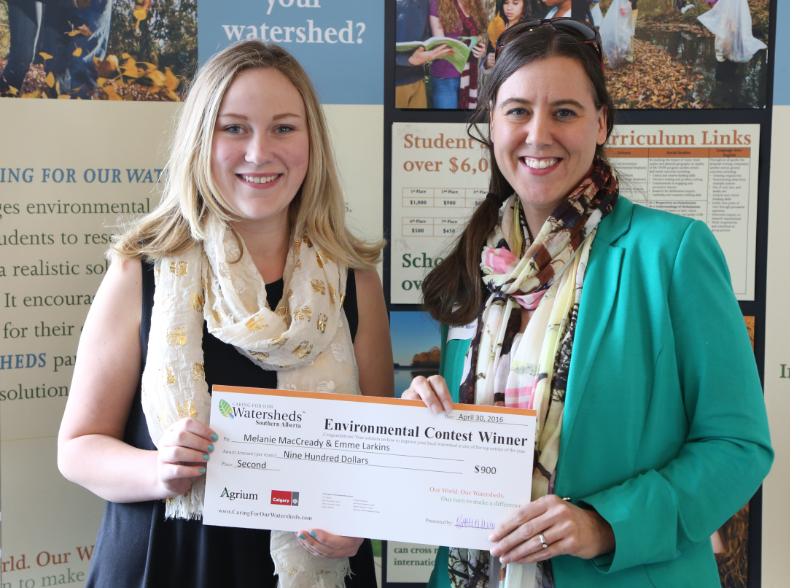 in the 2016 CFOW contest, with their project “St. James Outdoor Classroom”.
in the 2016 CFOW contest, with their project “St. James Outdoor Classroom”.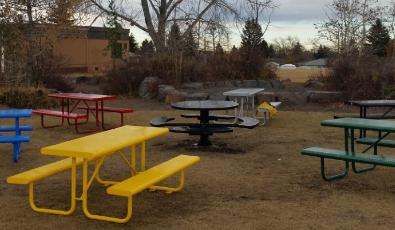 There have been picnic tables, garbage cans and recycling bins installed in the natural learning area, with plans to expand and continue to develop the area with additional natural features in the future. Research has shown that teaching outdoors makes educators more confident and enthusiastic about their work, and more innovative in their teaching strategies. By extension, schools benefit from the leadership and influence of their teachers who take students outside. Studies indicate that students that are given the opportunity to learn in a natural setting often score higher on tests, experience less anxiety and have more confidence.
There have been picnic tables, garbage cans and recycling bins installed in the natural learning area, with plans to expand and continue to develop the area with additional natural features in the future. Research has shown that teaching outdoors makes educators more confident and enthusiastic about their work, and more innovative in their teaching strategies. By extension, schools benefit from the leadership and influence of their teachers who take students outside. Studies indicate that students that are given the opportunity to learn in a natural setting often score higher on tests, experience less anxiety and have more confidence.